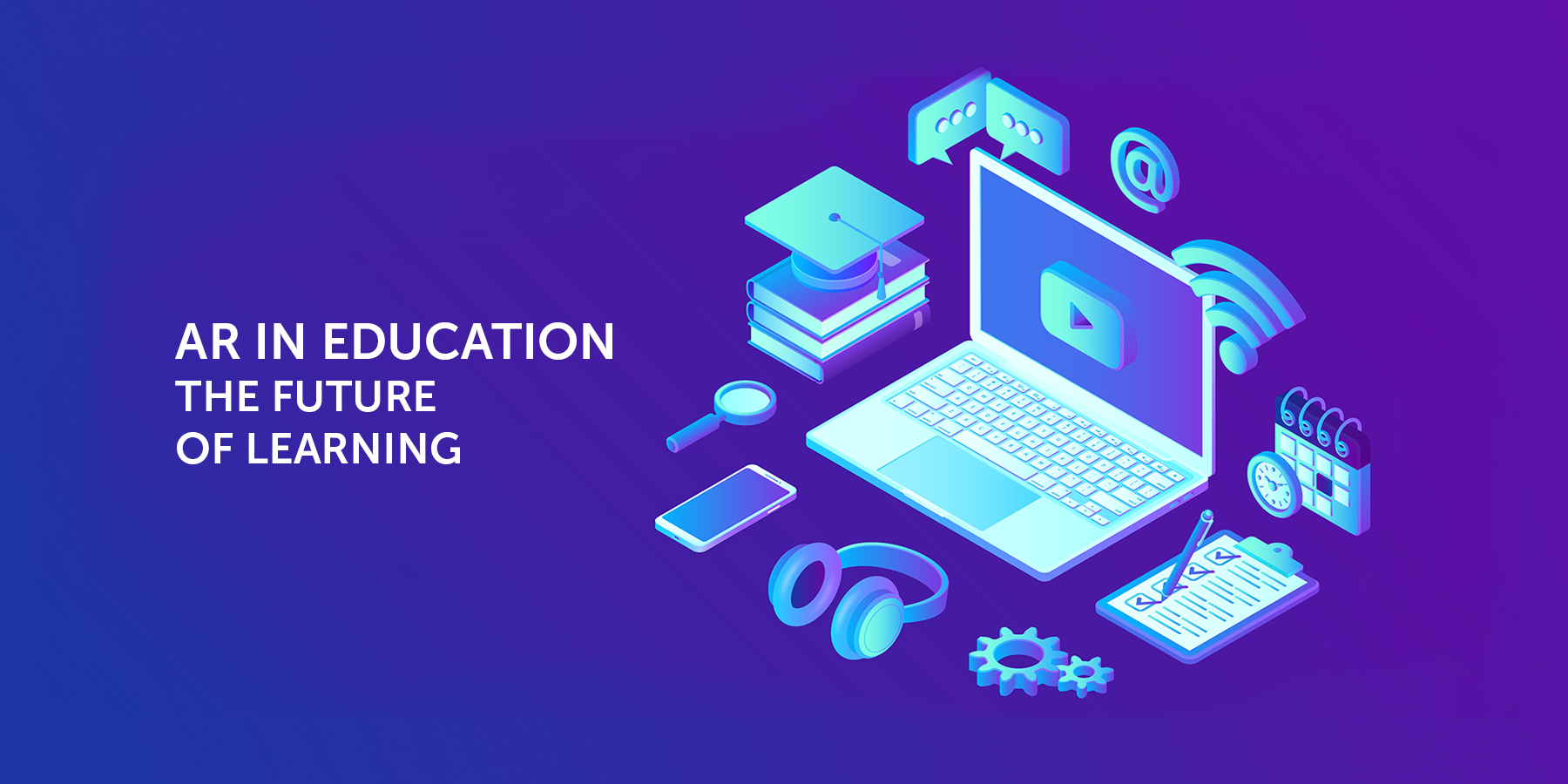Augmented reality (AR) technology has come a long way in recent years, and its potential uses in education are only just beginning to be explored. Augmented reality can be described as the layering of digital content over the real world, allowing for a richer and more interactive learning experience. In this article, we'll take a look at the future of augmented reality in education and explore some of the ways this technology is already being used in classrooms around the world.
AR technology can provide students with a highly engaging and immersive learning experience. By using AR, teachers can bring abstract concepts to life, allowing students to interact with and understand complex topics in a way that was previously impossible. For example, students studying biology could use AR technology to examine and manipulate 3D models of cells or organs, allowing them to gain a deeper understanding of how the human body works.
Another benefit of AR technology in education is that it can help to bridge the gap between theory and practice. By using AR, students can simulate real-world scenarios in a safe and controlled environment, allowing them to develop practical skills and experience without the risk of failure. This can be particularly useful in fields such as medicine or engineering, where mistakes can have serious consequences.
There are already a number of companies developing AR technology specifically for use in classrooms. For example, the company zSpace has developed an AR system that allows students to explore and manipulate virtual 3D objects, while the company LightUp has developed an AR kit that allows students to build and program their own electronic circuits.
But the potential uses of AR technology in education go beyond the classroom. For example, AR could be used to create immersive virtual field trips, allowing students to explore historical or scientific sites in a way that was previously impossible. AR could also be used to create interactive textbooks, allowing students to engage with content in a more dynamic and interactive way.
However, there are also some potential drawbacks to using AR in education. One concern is that the technology could be distracting or overwhelming, particularly for younger students. Another concern is that AR technology could be prohibitively expensive for many schools and students.
Despite these concerns, the potential benefits of AR technology in education are clear. By providing a more engaging and immersive learning experience, AR technology has the potential to revolutionize the way we teach and learn. As the technology continues to evolve and become more accessible, we can expect to see more and more classrooms adopting AR technology as a powerful tool for education.

